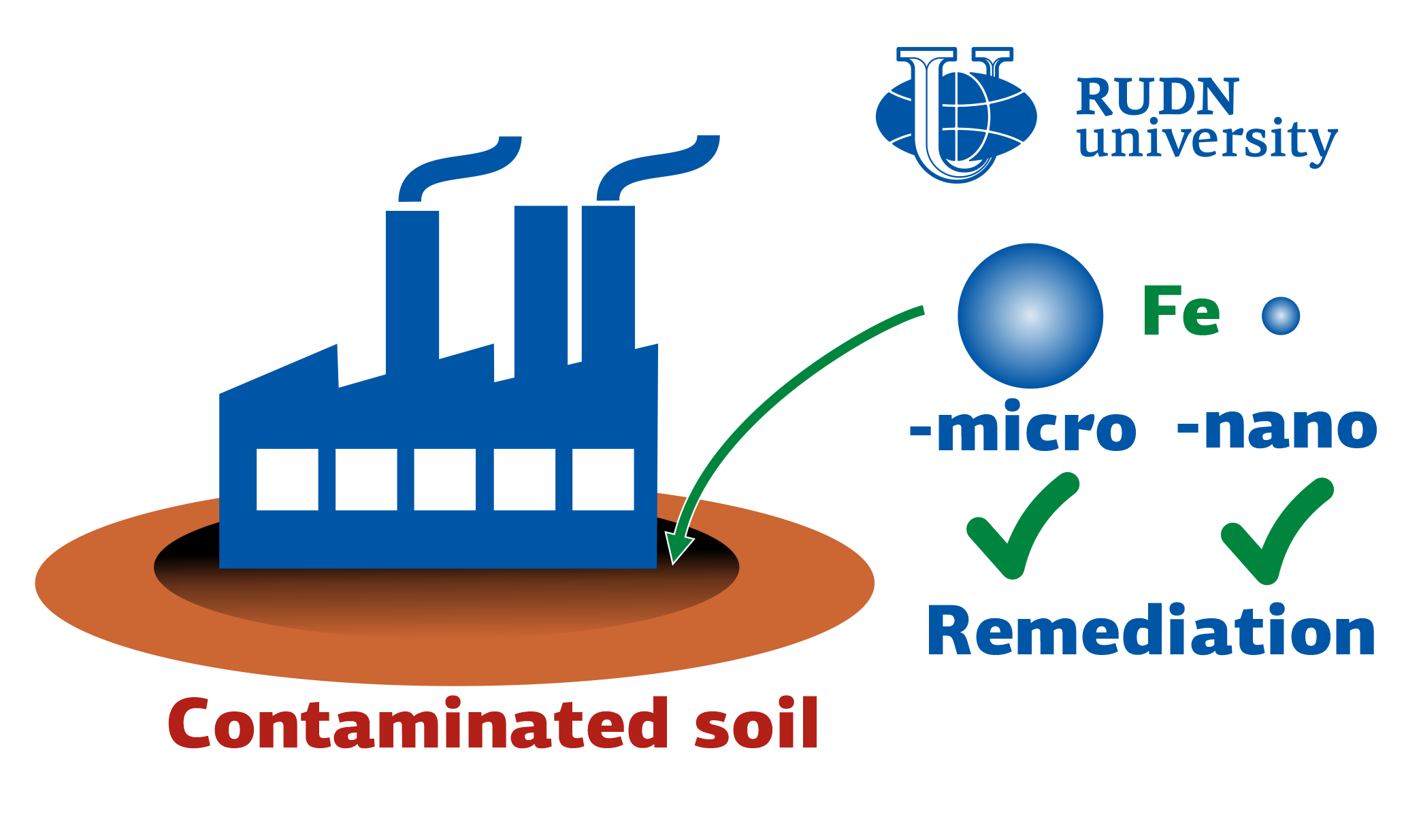RUDN University agronomists compared the effect of iron nanoparticles and microparticles for cleaning contaminated soils. It turned out that more modern nanoparticles are in no way superior to more familiar microparticles. The results are published in the Applied Geochemistry.
“The use of iron nanoparticles to remediate contaminated soils has sparked a flurry of research in recent years. However, even a large number of these works cannot completely dispel doubts that nanoparticles can outperform micro- and macroparticles. After all, the effectiveness of iron powder and sand has already been confirmed by 15 years of experiments. The excellent adsorption properties of nanoparticles are due to their small size. This is considered their advantage over microparticles. However, few studies have directly compared the effectiveness of micro- and nanoparticles. Thus, the question arises of what role particle size plays in the restoration of soils contaminated with metals,” said Elvira Dovletyarova, PhD, Director of the Department of Landscape Design and Sustainable Ecosystems at RUDN University.
RUDN University agronomists studied an industrial wasteland near a copper-nickel plant on the Kola Peninsula. This area is considered particularly difficult in terms of soil contamination with metals. The study was to compare how different iron compounds – microparticles, nanoparticles and natural iron oxides – are absorbed into the soil. Soil samples were taken 700 meters from the plant from a depth of 0-20 centimeters. The samples were divided into several groups and treated with different types of iron, and then the effect was studied.
RUDN soil scientists did not find any phytotoxic effect from nano iron. Plant growth in the soil treated with nano iron was about the same as in the soil without the addition of iron. Thus, we can say that nano iron is suitable for soil remediation. However, agronomists noticed that nanoparticles did not surpass iron microparticles in these properties.
“The nanoparticles did not show any phytotoxicity and are suitable for remediation of contaminated soils. However, our study, albeit limited in time, showed that nanoparticles are not superior to microparticles in capturing metals. In other words, particle size didn’t matter. It makes no sense to follow the “nano” fashion trend that is now observed in this area,” said Ramilla Brykova, PhD, Junior Researcher at the Center for Mathematical Modeling and Design of Sustainable Ecosystems at RUDN University.


